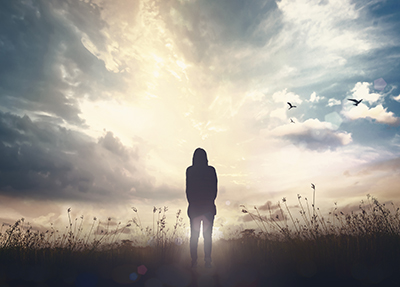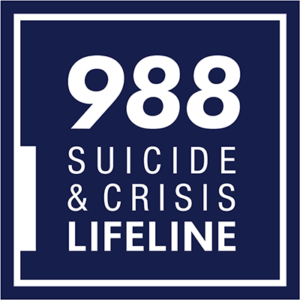Heading Off Seasonal Depression When You Have ADHD

February’s arrival denotes the end of the ten darkest weeks of the calendar year. The lengthening days are exactly what many people need right now.
Seasonal affective disorder, a form of depression that tends to occur during the darker months of the year, frequently co-occurs with ADHD. Experts estimate it occurs in about thirty percent of adults who have ADHD, and women tend to have a higher risk of co-occurring SAD and ADHD than men.
“It was as though my body had just shut down and I’d want to hibernate,” says Abigail, describing what winters were like before she was evaluated for SAD. “I was physically and mentally exhausted without having any reason to be. I’d cancel plans with friends because I couldn’t see the point of meeting up with people.”
The SAD effect for many people
SAD is characterized by symptoms that are similar to depression: feeling listless or sad for most of the day and every day, low or no interest in favorite activities, sluggishness and low energy, difficulty concentrating and feelings of hopelessness or lack of self-worth. In some people, thoughts of no longer wanting to live can occur and need immediate medical attention.
These feelings of depression coupled with ADHD symptoms can take a heavy seasonal toll on people. When the holiday season is in the distant past and spring seems far away, SAD symptoms tend to be the strongest.
“Although it isn’t fully understood what causes SAD, less sunlight and shorter days are thought to be connected with chemical changes in the brain, most notable serotonin and melatonin,” says Kimberly Kleinman, PsyD, a senior psychologist and assistant professor in the department of pediatric psychiatry at New York-Presbyterian/Columbia University Irving Medical Center. “Research indicates that people with SAD may have reduced activity of serotonin which helps regulate mood.”
Serotonin, a neurotransmitter, has also been linked to executive functioning. Often considered the “feel good” brain hormone, it can help a person to feel more at peace and focused at higher levels in one’s brain. Lower levels can contribute to feelings of sadness, being less able to maintain focus, and increased ADHD symptoms.
“It’s normal for people to feel a little worse in the winter,” says Paul Desan, MD, PhD, the director of the Winter Depression Research Clinic at the Yale School of Medicine. “But for some people, these changes are really severe, and they add up to what is equivalent to a clinical episode of major depression. We act like we control our mood and our energy ourselves. But actually, environmental conditions affect us.”
Bringing light into the darkness
If you’re affected by both ADHD and SAD, there is more you can do while waiting for daylight hours to increase. The first is to check in with your ADHD specialist and be sure your treatment plan is effective for you. Sharing how the lack of daylight is affecting you is important. Your doctor can offer advice and may prescribe additional medication to be taken in the short term to decrease SAD symptoms.
The firstline choice of treatment for many people is using a full-spectrum light therapy box to increase the neurotransmitters created in our bodies when exposed to sunlight. Light boxes come in many sizes and intensities and should be chosen carefully, based on your specific needs.
Additional lifestyle supports include trying to exercise on a regular basis, adding more fruits and vegetables to your meals, and limiting the amount of alcohol or other substances you consume because they can have a depressive effect on your nervous system. Some people find talk therapy is also helpful while pursuing treatment for combined SAD and ADHD.
Stepfanie M. Aguillon, PhD, says her SAD symptoms set her back at the darkest time of the winter during her graduate studies. Once she understood the cause of her seasonal depression and took steps to lessen the effects of the lack of sunlight on her, she saw improvement in her all parts of her life. Now, she has a plan for facing the winter’s dark time.
“I have a much easier time getting up and starting my day if I stick with a regular routine,” she says. “So, I wake up when my sunrise-simulating alarm clock tells me to—at the same time each day—and soak up a daily dose of artificial rays by basking in front of a full-spectrum light therapy box.”
Learn more about SAD and ADHD:
- ADHD and Depression
- When ADHD is Not Alone
- When Depression Co-occurs with ADHD
- Those Lovely ‘Mones: The Intersection of ADHD and Hormones
- Podcast: Am I Depressed?
Join the discussion: How do you keep the winter blues away?
